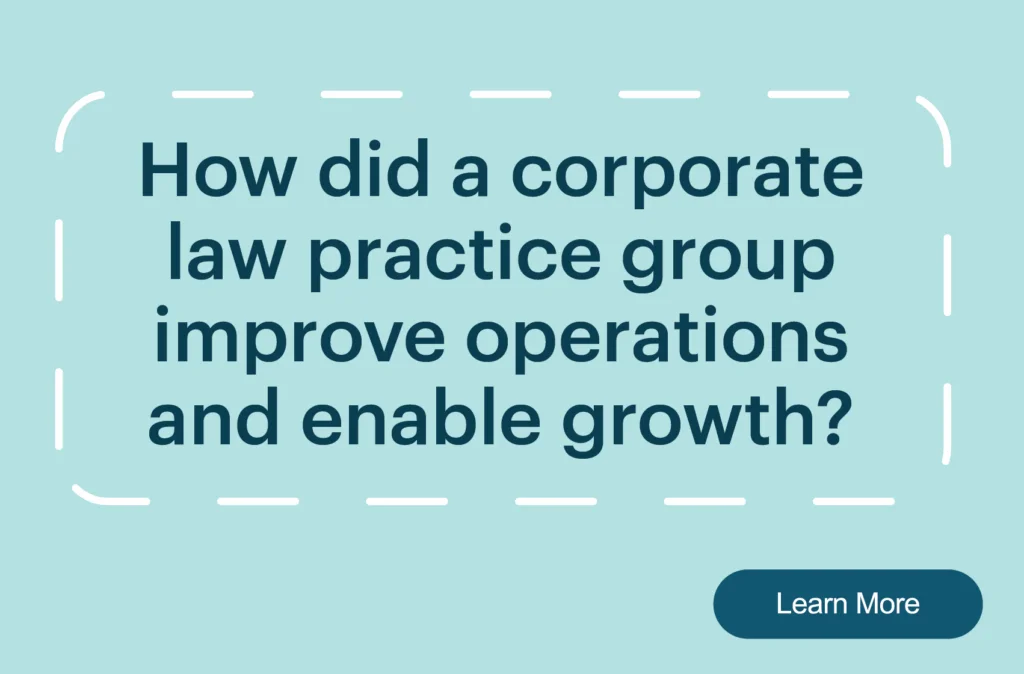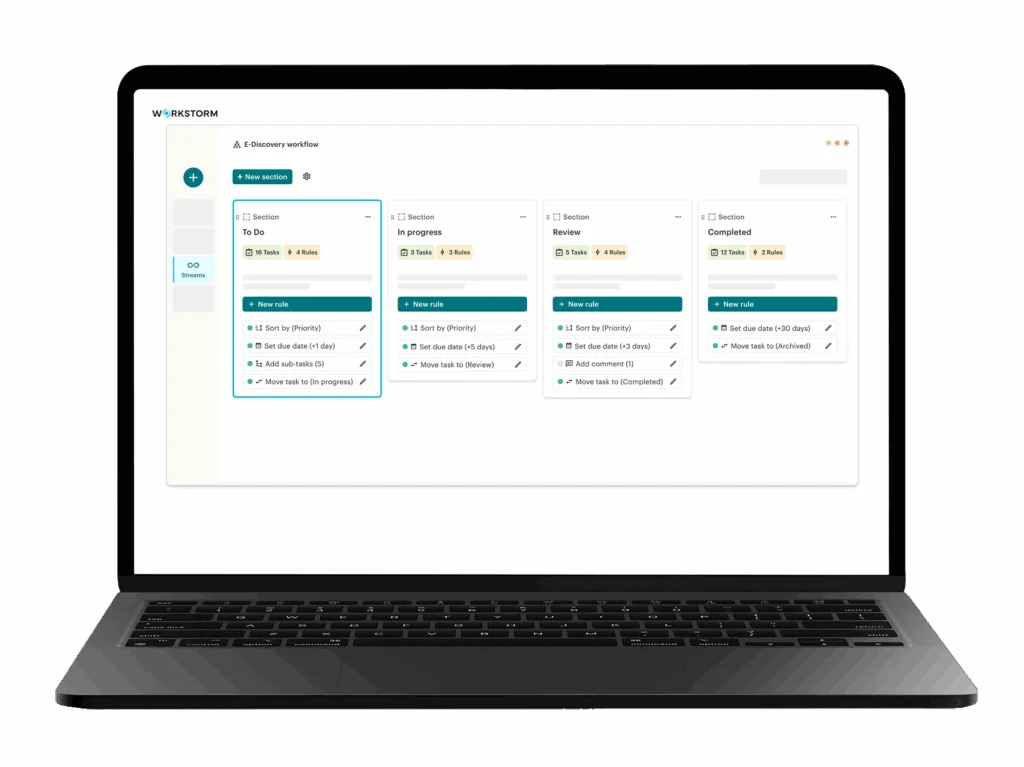One year ago, “coronavirus” wasn’t yet a household word, office watercoolers still existed, and business meetings involved gathering around a table instead of logging into a laptop.
When we shared Workstorm’s vision for 2020, we never imagined what the coming months would bring.
2020 changed so much about how we work and communicate with one another. But there are certain truths even a global pandemic can’t change.
Professionals need to reach the right people and information easily.
Coworkers need a space to gather and build connections together.
Companies need a way to connect employees, clients and partners with each other, while protecting sensitive data.
As a digital collaboration platform run by a remote team of employees, we were early advocates for remote work at Workstorm. Over the past year, we’ve watched as more businesses recognize the benefits of not reporting to an office each day.
Even with a vaccine on the way, we have a feeling that the virtual workplace won’t fade away. The upsides are too great: happier employees, lower operating costs, and more continuity if another catastrophe like COVID strikes.
Our mission at Workstorm is to help remote and distributed teams do their best work together. That’s why we’ve doubled down on the features that make remote work work, from videoconferencing to new security features. Here’s a look back at 2020 and our plans for 2021.
2020 Recap
Videoconferencing Updates
It happened fast: One day we were in the office, the next we were juggling conference calls and e-learning from home. In the first days of the pandemic, Workstorm saw a clear winner emerge among communication tools: videoconferencing. Demand for video calls surged 300% on our platform, and it hasn’t slowed down since.
In 2020, we invested significantly in videoconferencing to help our users stay connected face-to-face. Workstorm introduced video calls on mobile devices, and we rolled out big updates to videoconferencing last fall – including support for low-bandwidth environments like home offices. Now, users can host and attend calls with 200+ participants; access Workstorm messages and files directly from video calls; and make and receive calls from anywhere, including desktop, tablet and mobile.
More Ways to Connect
More than half of employees use at least three different tools to collaborate at work. Bouncing between apps slows teams down, which is why our goal at Workstorm is to unify communications under one (virtual) roof. We continued to add integrations to other productivity tools in 2020, including a OneDrive integration to make it easier to view, share, save and send files between OneDrive and Workstorm. We also enhanced functionality for Outlook in Workstorm, so users can add a videoconference directly from their email.
A Security-First Approach
Many popular collaboration tools struggled last year with security challenges, from uninvited people popping up in meetings to data leaks. As former financial services leaders, CEO Raj Fernando and I have always put data security and privacy first at Workstorm. We treat security as a core feature of our platform, continually investing in upgrades to make sure we meet evolving needs. In 2020, we received our HIPAA certification to better serve healthcare clients and enhanced our two-factor sign-on process for added security.
Expanding Our Customer Focus
In 2020, the conversation shifted from “Why should we collaborate digitally?” to “How can we collaborate digitally?” Every business suddenly needed a remote work solution, and we saw our number of paying users triple in just two months.
While Workstorm had traditionally focused on industries with a demonstrated need for secure collaboration, like law, we shifted our focus to make sure all companies had a secure way to stay connected during COVID. We’re grateful to the businesses that put their trust in us during a challenging year, and we look forward to continuing to serve more businesses in 2021.
Looking Ahead to 2021
A New Onboarding Experience
The more people who participate in Workstorm, the better it works for everyone. As our customers invite more colleagues into the platform – coworkers, clients, partners – we’ll be adding new wayfinding and features to make Workstorm even simpler and more intuitive to use.
By empowering our users and their networks to onboard more easily, we can help businesses consolidate more of their communications in our platform. Our goal is to give customers confidence that everyone they invite to Workstorm will have a great experience, without the need for formal training. That includes offering more features before users even sign up, then expanding their options in Workstorm as they get up to speed in the platform.
Continued Videoconferencing Investments
With more companies planning to adopt work-from-home policies permanently, demand will only continue to grow for videoconferencing. Following our videoconferencing updates in 2020, we’ll continue to enhance these features in Workstorm based on user needs. Our roadmap for 2021 includes video streaming and recording, telephony, new ways for moderators to control attendee participation and meeting settings, and new customizations for video backgrounds and presentations.
Additional Security Features
Keeping Workstorm secure for companies remains a constant focus for our team. We’ll continue to adapt the platform to meet evolving security standards and make sure confidential information stays that way. Security-focused projects on our 2021 roadmap include waiting rooms for video calls and continued investment in our end-to-end encryption capabilities.
More Ways to Work
As the nature of work changes, we’re listening to our customers and adding new features based on their feedback. Watch for new project management tools to keep work organized, and GSuite email and calendar integrations along with our existing Office integrations to help more companies keep their communications within Workstorm.
2020 was a year where collaboration took on new meaning for businesses. As we head into 2021, Workstorm isn’t just helping companies cut down on email or paper-based processes; we’re becoming a virtual headquarters for many of our customers.
We take that responsibility seriously, and we’re committed to finding new ways to help teams work better together. To all our customers, partners and employees, we are eternally grateful for joining us on this journey. We’re excited for what’s next.



